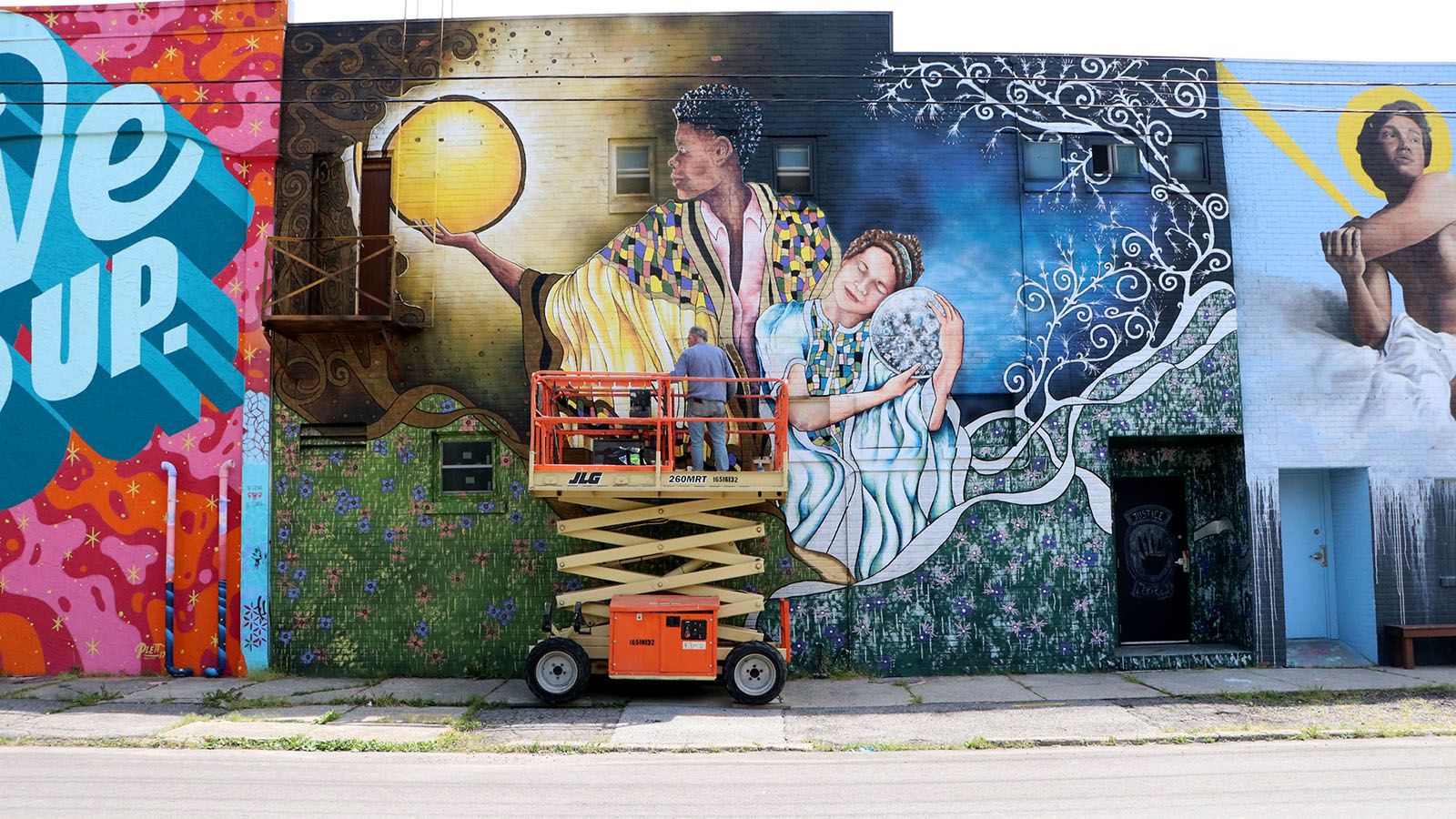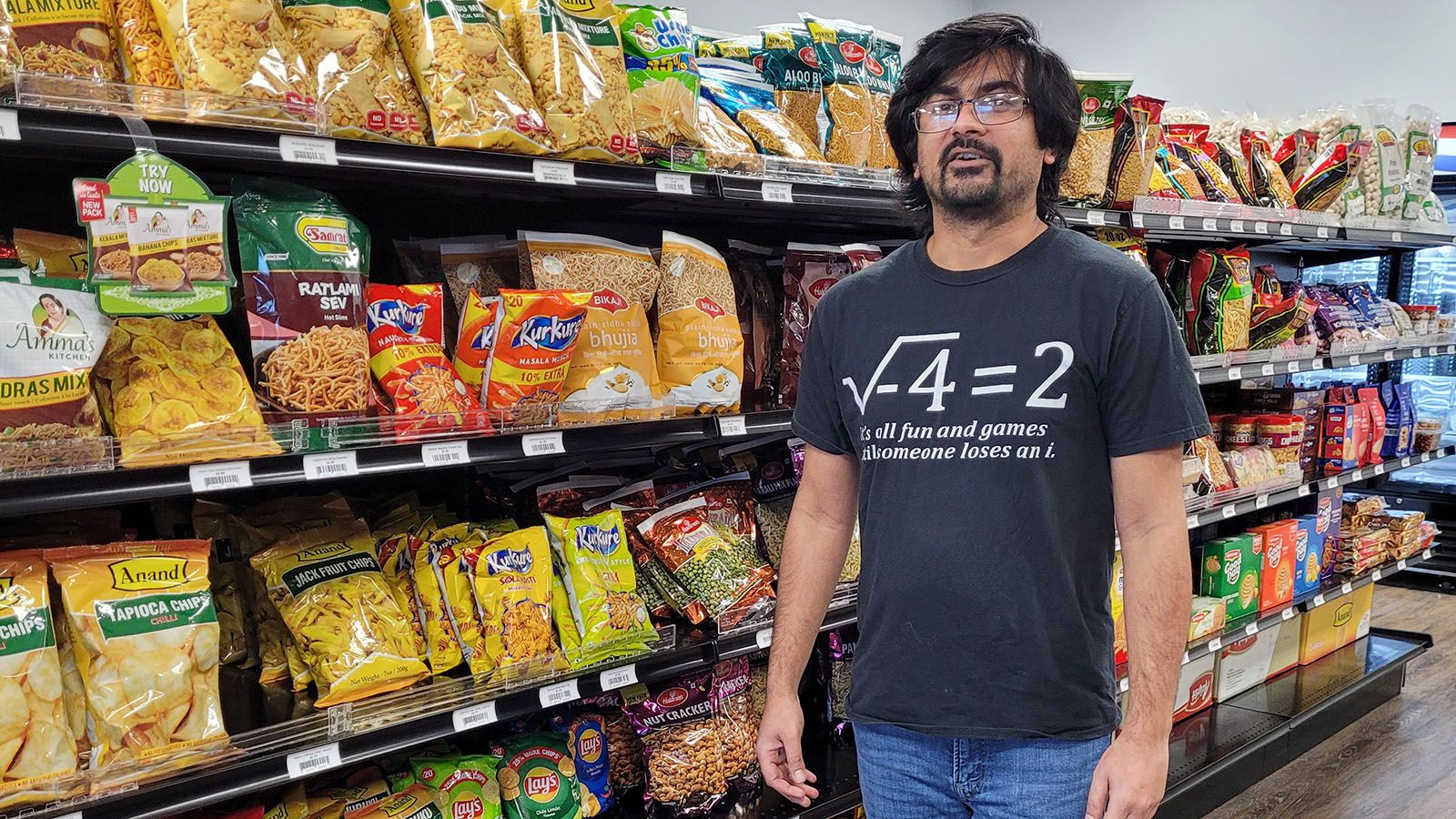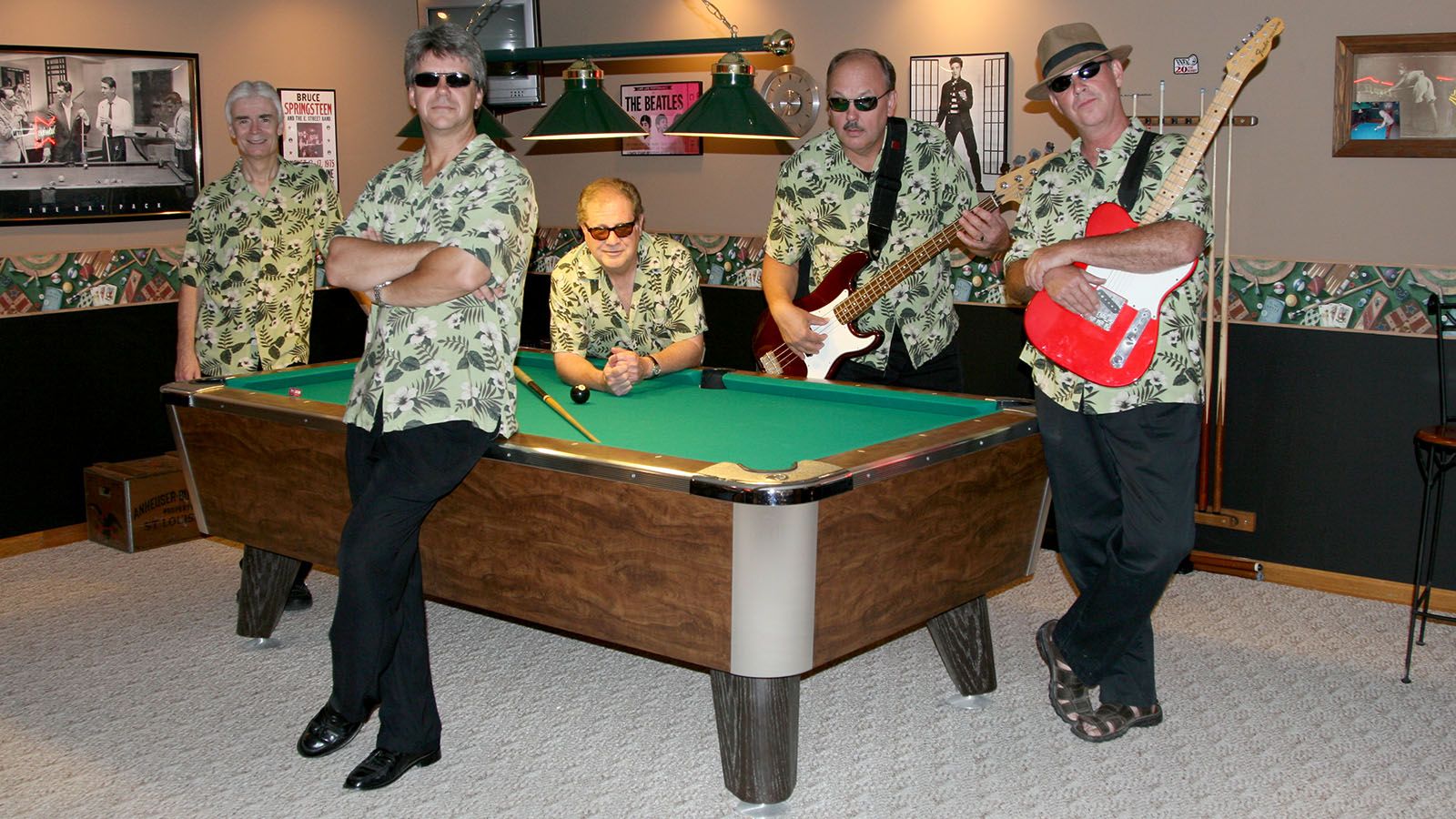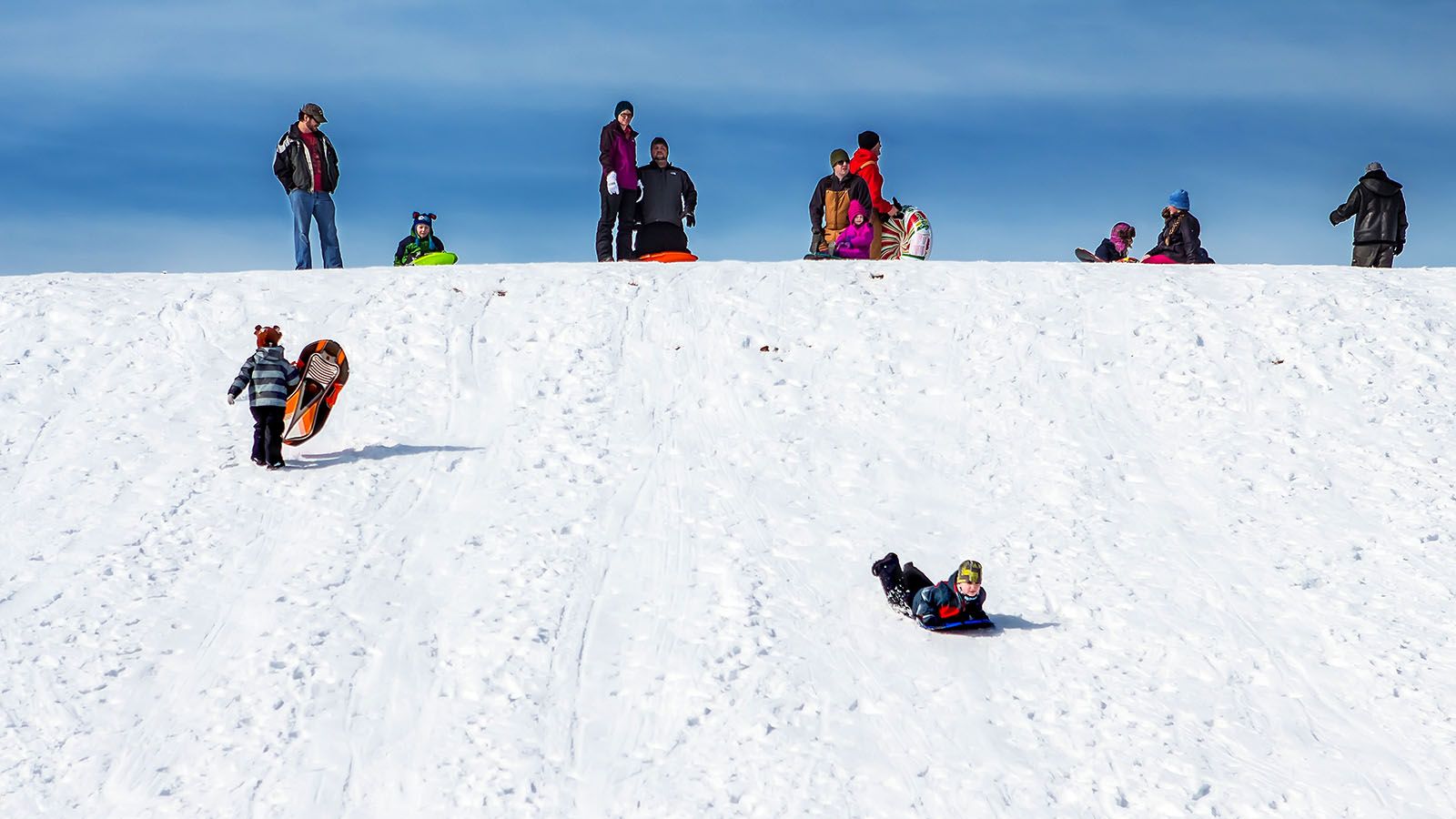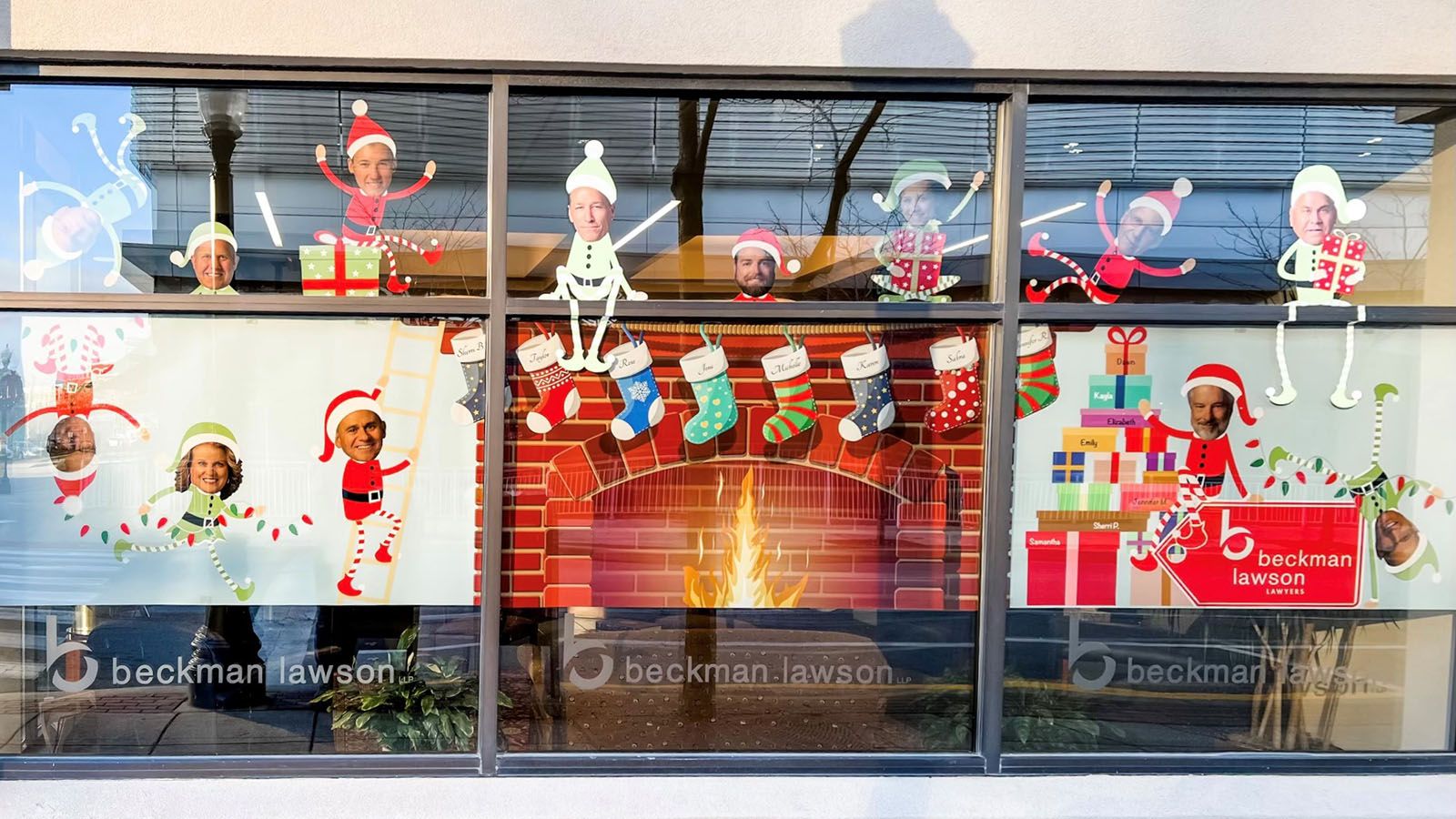Much like art, director Dan Swartz says he’s heard plenty of interpretations of how to pronounce Wunderkammer Company over the past decade.
“We actually had a German in here that told me I had been pronouncing it wrong,” Swartz said.
Whether you pronounce it with the American “W” sound or German “V,” the space at 3402 Fairfield Ave. has always been about bringing people together.
“Our mission is to revitalize communities through contemporary art, so it’s like the people living in your community who are making art, not some dead guy,” he said. “Not that there’s anything wrong with dead guys, but that’s what museums are for in a way. That’s not a dig, but this is what is being created or what is next.”
What’s next for Wunderkammer Company is their 10-year anniversary, which they’ll celebrate with the FW 1×1 exhibition with an opening reception from 5:30-9 p.m. on Friday, Jan. 6. That will coincide with an exhibition called Landscape of Time.
“It’s a 10-year anniversary of a project we did when started,” Swartz said of FW 1×1. “It’s more than 50 photographers that documented our community over the past year, so it’s over 700 images. We’ll have that on a screen on a loop, but the exhibition will be 120 of those images that we juried out and will be in a printed format.”
taking things into own hands
Growing up north of Fort Wayne, Swartz attended the University of Saint Francis and has dedicated his life to art. After working with the Downtown Improvement District, he became disenfranchised enough to take matters into his own hands.
“I was completely disillusioned by the bureaucracy of the city of Fort Wayne and how it stops good things from happening,” he said.
So, in 2007 he formed the nonprofit that began as a nomadic venture, putting on shows not only in Fort Wayne, but also New York, Grand Rapids, and Indianapolis.
“Art history-wise, a wunderkammer is a very specific thing, meaning ‘wonder chamber,’ ” Swartz said. “In the Renaissance, 1500s and 1600s, a wunderkammer was a place where new things were shown. It wasn’t art like we think of art now, because it was for the church and it was portraits, so visual art, but it was also music and clothes.”
Eventually, after checking out 84 different sites, Wunderkammer settled into the space on Fairfield that previously housed Casa D’Angelo and Gouloff’s Paramount Grill.
“This traditionally has been where artists live, for one reason or another,” he said. “Another reason that I really like this location is that it’s walking distance to 1920s mansions, then equal walking distance to 1950s Cracker Jack houses that are falling apart. So, you have refugees and some of the richest people in the region all here, and I really loved that. That feels like a bigger city to me.”
Off to running start
Opening its doors on Jan. 3, 2013, Wunderkammer’s goal has been to bring artists together, regardless of medium.
“In Fort Wayne, I think we’re kind of cliquish in where the musicians hang out, dancers hang out, and visual artists hang out … and then there’s poets who don’t hang out anywhere,” Swartz said. “There’s these scenes where I thought we could bring people together.
“We always say, ‘If it has to do with art purely, cool. If it has to do with community development, cool. If it can do both things together, then we accomplished the goal.’ ”
And that goal had to be accomplished without much financial overhead.
“So, we had a whopping $1,200 in our bank account when opened the doors, and I want to say our budget was $14,000, but we had 22,000 people attending,” Swartz said. “So, we knew it was working. We just didn’t know what that looked like.
“The first three years were insane, and we’d have four exhibitions running at the same time. What I’m really proud of is we offer a lot of solo exhibitions, and it can be difficult to get your first solo exhibition, particularly in an art space.”
Along with offering solo exhibitions, the space has also served as a meeting place to push forward other projects in the region.
Swartz says he’s also proud of the nonprofit’s Design Week Fort Wayne, which was held from 2016-18 and featured designers from around the world offering lectures around town and at Wunderkammer, including South By Southwest founder Hugh Forrest.
Becoming part of neighborhood
Bringing in acclaimed speakers is one thing, but offering creative outlet for local artists and those feeling isolated in the community might be the most fulfilling.
“A lot of the people we end up meeting are just sort of disconnected, so we want to help them find a community or make a community amongst themselves,” Swartz said. “That fails a lot of the time, but when it works, it’s just really good.”
To engage the 18 neighborhoods in the area, Wunderkammer also hosts pop-up galleries and block parties. While some of the parties have drawn law enforcement due to noise, Swartz says the community has been supportive by in large.
“We’ve gotten a lot of support from the neighborhoods, and those are people that have lived here 60 years, and typically they’re not coming to our more avant-garde programming,” he said. “We host a lot of neighborhood meetings here, too. They’re also just coming in to just see what’s up. We definitely want people to come and try to get people to come, but this isn’t the grocery store of art. You need to want to come here. There’s really no need to come here. We just love figuring out who cares about what we’re doing, and that’s the right audience for us that night.”
With 10 years in the books, Swartz said there’s plenty more to do. Even with the explosion of art across the city such as murals, he says there’s actually been a loss of artists.
“Not to be a downer on it, but the arts scene has actually been contracting, but the presence of the arts scene has been blowing up, and murals are the biggest thing,” he said.
And with that, Wunderkammer will march on with its mission.
“There’s always more stuff to do,” he said. “We do have an intern that’s helping us put together an archive, and it’s been real cool to look back on 10 years and see what the neighborhood looked like and what the city offered, and what we’ve been a part of.”
